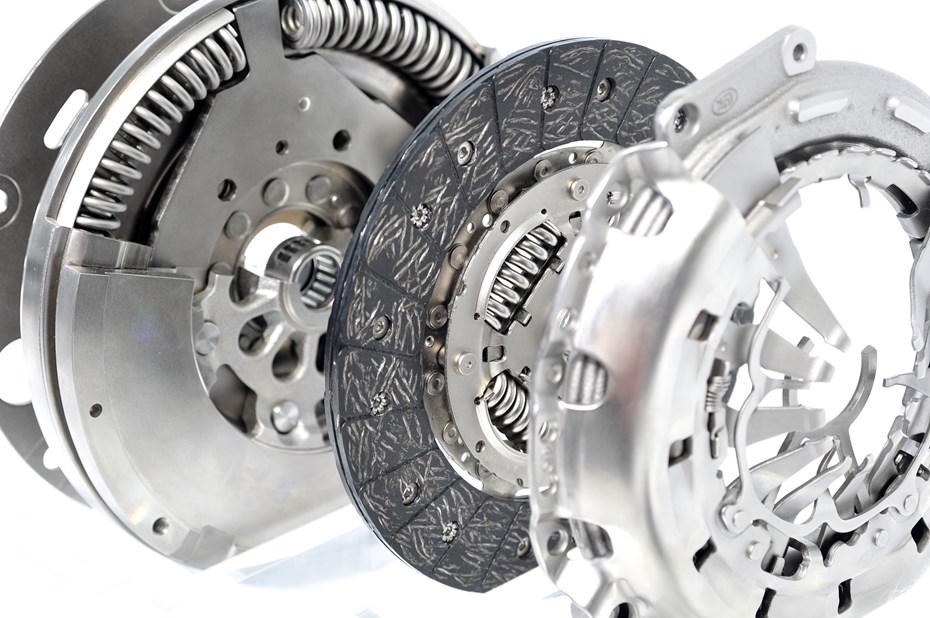Every car with an internal combustion engine has a flywheel, a rotating mass that helps smooth out the engine’s vibrations. Many modern turbocharged petrol and diesel cars are fitted with a variation, known as a dual mass flywheel or DMF. It’s one of those crucial components you don’t think about until it needs replacing periodically.
In this guide, we’re going to look at exactly why cars have a dual mass flywheel, how it works and how you can spot the signs that the one in your car needs replacing.
Why do cars have a dual mass flywheel?
There are a lot of moving parts in a petrol or diesel engine. They all move very fast, some of them quite violently. All that movement generates a lot of vibration, tiny ones that happen thousands of times a second. A flywheel is essentially a rotating mass – or weight – that counteracts those vibrations.
In a car, the flywheel sits between the engine’s crankshaft – where the power is generated – and the clutch. The clutch is, of course, connected to the gearbox which transfers the power to the wheels. Without the flywheel, the clutch would have to absorb both the vibration and power, causing it to wear out in no time at all.
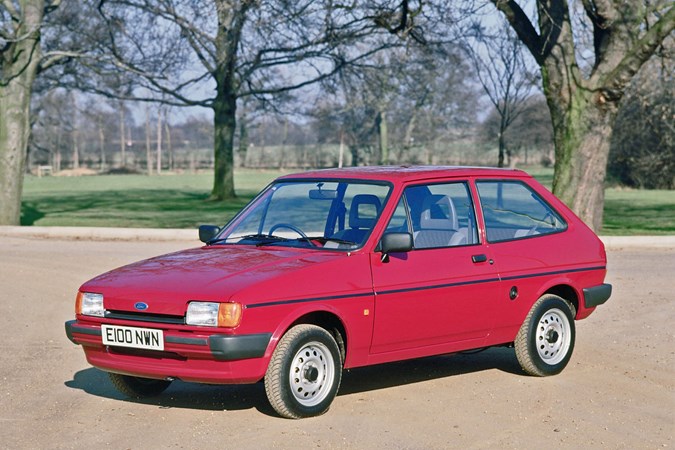
As the name suggests, a dual mass flywheel works on the same principle but has two rotating weights. They are designed to deal with the greater power and torque (pulling power) of modern turbocharged petrol and diesel engines. More power and torque means there’s more vibration to deal with, hence the need for two masses.
They’re more prevalent in diesels because they tend to generate more vibration than a petrol engine. Anyone who’s driven an old diesel will know how much engine vibration could be felt through the entire car, particularly the clutch pedal and gear stick. Pulling away from stationary could be juddery, as well. The latest diesels can be very nearly as smooth as a petrol engine, showing how effective the DMF is.
How does a dual mass flywheel work?
We’ve established there are two rotating weights inside a dual mass flywheel. They’re sandwiched together by a set of springs or rubber elements that don’t interfere with the rotation. The speed the weights rotate at is an average of the different rotational speeds of the engine and gearbox. That difference can be quite significant in cars with a high-torque turbocharged engine.
On top of that, the engine’s torque arrives at the flywheel in a very rapid series of pulses, rather than a continuous flow. A DMF effectively converts the pulses into a flow. And, as we’ve already discussed, it smooths out the engine’s vibrations.
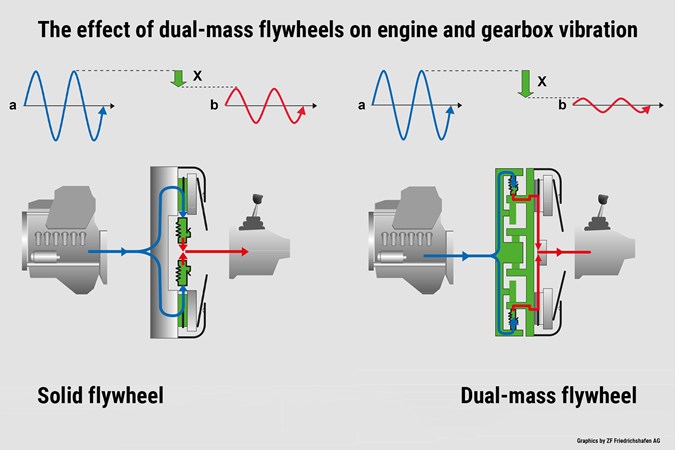
Can a dual mass flywheel cause problems in my car?
Yes. A dual mass flywheel has several large moving parts and they can wear out over time. Though not necessarily in cars with a dual-clutch gearbox or continuous variable transmission (CVT). You’ll find the former in many cars including those made by Volkswagen Group and the latter in hybrid-powered Toyotas, among others.
DMFs can last indefinitely in those cars because the clutch is controlled by sensors and electronic actuators, engaging and releasing as smoothly as possible. In a car with a manual gearbox, though, the driver is the weak link.
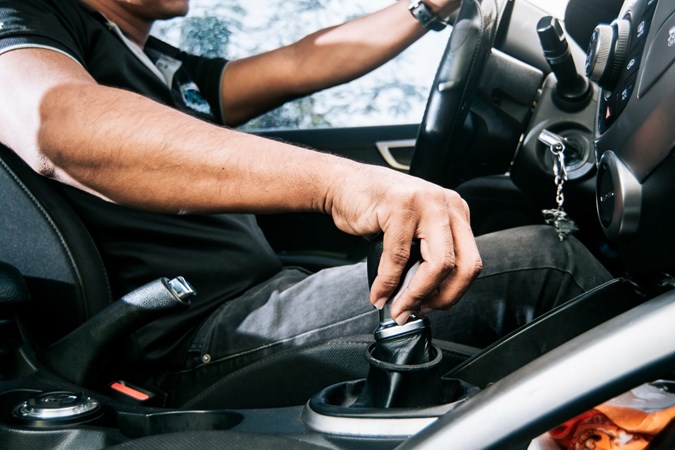
Even if you have really good clutch control, you can’t engage and release the clutch as smoothly as an actuator. As you bring the pedal up past biting point, a jolt is sent back through the clutch which the DMF has to absorb, on top of everything else it has to deal with. That speeds up the wearing out process.
If you have really good clutch control, you can stretch out the life of a DMF over a very long period. But less sympathetic drivers can wear through them in surprisingly short order. As an added bonus, as a DMF wears out, it accelerates clutch wear, as well.
How can I tell if my car’s dual mass flywheel is wearing out?
Fortunately, it’s pretty obvious when a dual mass flywheel is nearing the point of replacement. You might hear quite a pronounced rumbling or squawking noise when changing gear, and/or shuddering when pulling away from stationary. In extremes cases, you’ll experience severe vibrations when the gearbox is in neutral.
As DMF and clutch wear are often connected, difficultly in changing gear is another warning sign. The pedal will often feel sticky in the early stages of clutch failure and get looser over time. The biting point getting lower in the pedal travel is an easy clue to pick up on.
If having your car’s DMF replaced doesn’t cure these symptoms, there’s likely to be bigger problems with and engine and/or gearbox that need further investigation.
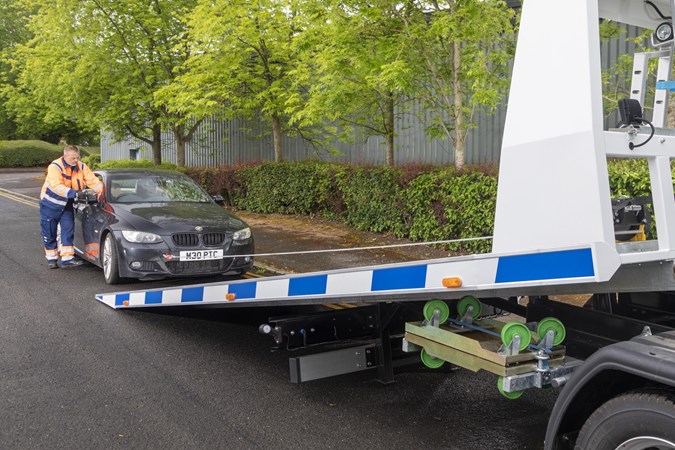
So how long does a dual mass flywheel last?
As mentioned earlier, it depends on how the car is driven. Drivers with very good clutch control can get a long life out of a dual mass flywheel, but continual jerky starts and gear changes can wear it out in short order. They also last a lot longer in petrol cars than diesels, because diesels generate more vibration for the DMF to absorb.
As a rule of thumb, though, a DMF in a diesel manual car needs replacing every 100,000 miles or so. If you’re looking at buying a diesel manual used car that has more than 90,000 miles, you should scour its service history to find evidence the DMF has been replaced. If not, factor the cost of replacement into your budget. Speaking of which…
What does it cost to replace a dual mass flywheel?
It’s not cheap. In most cars, the dual mass flywheel and clutch come in a single sealed unit and the whole thing needs replacing. The last time one of Parkers’ writers had to replace a DMF (on a 2013 BMW 320d) it cost £1,200. And that was at an independent BMW specialist, not a costlier dealer service centre. Replacement in more mainstream cars such as Fords and Vauxhalls can cost around £800.
If your car has a separate clutch and DMF, it’s good practice to have both replaced at the same time anyway. Note that some used car warranties cover sudden failure of a DMF, but they are generally considered wear and tear items and are therefore not covered.
It is possible to convert a car from a DMF to a conventional flywheel, but you may also need a different clutch, starter motor and assorted other components. At which point, it starts to become a false economy. And it may make the car feel worse to drive.
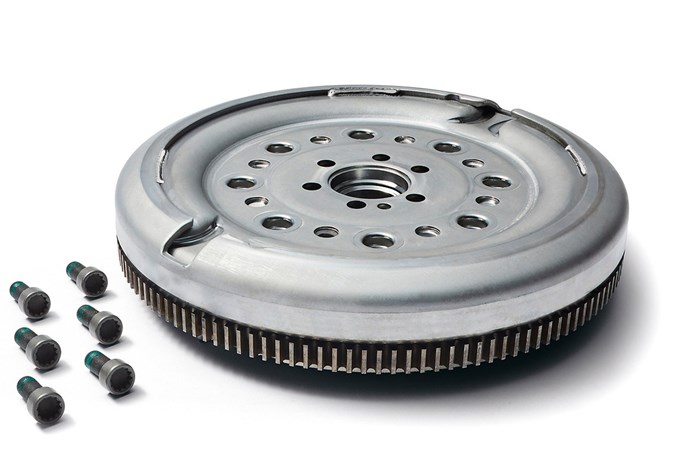
Just so you know, we may receive a commission or other compensation from the links on this website - read why you should trust us.


